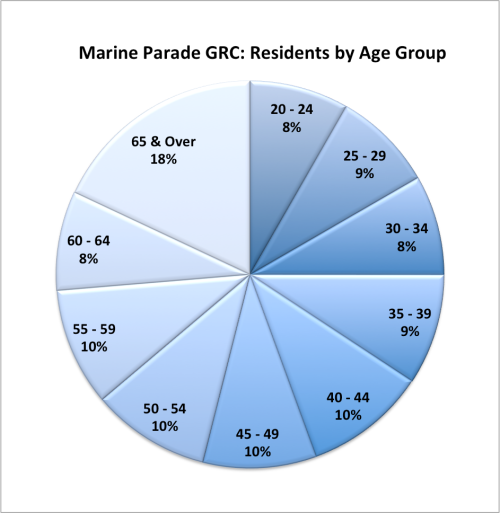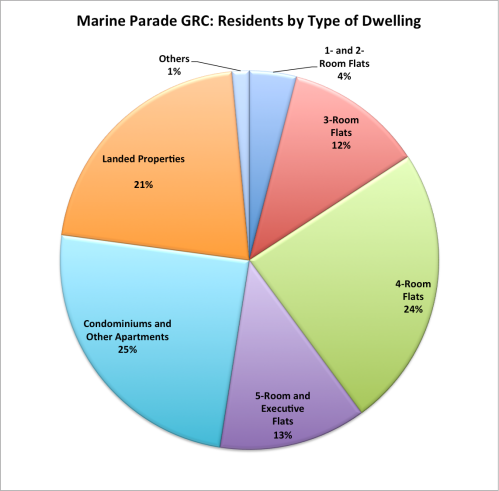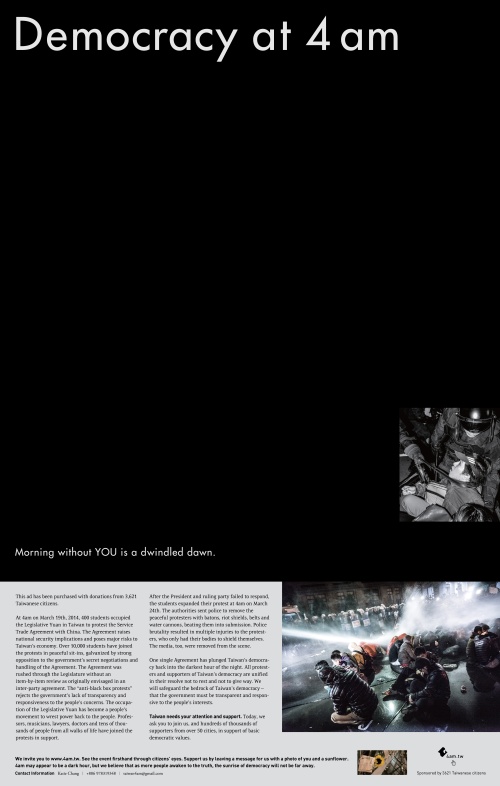In the Event of a Multi-Cornered Fight in Marine Parade GRC…
The biggest question many voters have in mind for the impending General Election is probably this: what will happen in the event of a multi-cornered fight in the Marine Parade GRC?
Workers’ Party (WP) has stood firm on its decision to contest the ward; the National Solidarity Party (NSP) may also contest in the same ward after failed negotiations with WP, pending further announcements after the Monday (10 August 2015) deadline it issued to WP.
Although WP had won by a substantial 11% margin in the multi-cornered contest in the 2013 Punggol-East by-election, there are grounds to believe that conditions are not as favorable this time in the Marine Parade GRC.
This is to say that more than one opposition parties contesting the ward is likely to split the votes of pro-opposition supporters to the benefit of the PAP.
We can make use of various information available on the internet to come to this conclusion.
First, let’s figure out the boundaries of the Marine Parade GRC.
The New Marine Parade GRC
Thanks to brilliant gerrymandering, we now have a Marine Parade GRC (and other constituencies) with the most befuddling boundaries. To get an idea of where the hell Marine Parade GRC is, refer to this Google map.
Now if we overlay the Marine Parade GRC on the URA planning map, we can see that the ward is comprised of either part or whole of the following planning subzones (click on the links below to see the location of individual subzones):
- Upper Paya Lebar
- Serangoon Central
- Bidari
- Lorong Chuan
- Joo Seng
- Tai Seng
- Kampong Ubi
- Geylang East
- Katong
- Marine Parade
- Frankel
- Siglap
Residents in Marine Parade GRC
With the above information and the geospatial data provided by Statistics Singapore, we have a rough idea of the 2014 demographics of Marine Parade GRC, by age-group and by type of dwelling:
Bear in mind the above are estimates because the boundaries of the Marine Parade GRC do not exactly tally with those of the planning subzones. Nonetheless, based on the charts, we may gather that residents in Marine Parade GRC are older – 46% of them are above the age of 50.
In terms of the type of dwelling, 16% of Marine Parade GRC residents live in 1-3 room HDB flats, 24% in 4-room flats, and 60% in 5-room and executive flats and other private residential property.
Comparison to Punggol East Residents
Residents in Punggol East, in contrast, are much younger, with only 24% above 50 years old. Furthermore, there are no 3-room flats in Punggol East, where 40% of residents live in 4-room flats, and 60% in 5-room flats, executive flats and other private residential property (see report).
As housing type is tied to income level and occupation, we may infer that residents in Punggol East are of a higher socio-economic status than those of Marine Parade GRC. We may also say that Punggol East residents are predominantly of the “service class” (senior executives, professionals, technicians and supervisors), and of the “intermediate class” (clerical and service workers) instead of the “working class” (operators, semi-skilled and unskilled workers), by the classification IPS uses in its 2011 post-election survey.
Implications
According to the IPS survey,
- The higher the socio-economic status, the more “pluralist” the voter (simply speaking, a pluralist believes that there should be no monopoly of political power) (44, 49).
- PAP is more credible in the eyes of the working class and older voters aged 40 and above while opposition parties are more credible to post-independence voters, especially those between 20 to 39 years old. WP is most credible to the service class and the most highly educated (37).
Therefore, it is quite evident that the demographics – a younger and better-off electorate – that worked to the advantage of the WP in the multi-cornered contest in Punggol East, are largely absent in Marine Parade GRC.
This does not necessarily mean that the majority in Marine Parade GRC will vote for PAP.
It does mean, however, that opposition party supporters in the ward may not be astute enough to channel their votes to a single opposition party in the event of a multi-cornered fight, as what happened in the 2013 Punggol East by-election, where the vote share of WP, PAP, Reform Party and SDA breaks down to 54.5%, 43.7%, 1.2% and 0.6% respectively.
It was a relief to many opposition party supporters that the Reform Party and SDA did not do much damage to the winning chances of WP in Punggol East.
In view of the demographics of Marine Parade GRC and WP’s decision to contest the ward, however, NSP should think twice on whether it should also join the fray.
Being the weaker party of the two, if the NSP insists on contesting the Marine Parade GRC this time and, as a result, splits the votes of opposition party supporters such that PAP wins by a small margin, it will, for sure, incur the wrath of pro-opposition voters.
And that is akin to committing political suicide for the party. So think very hard, NSP.




